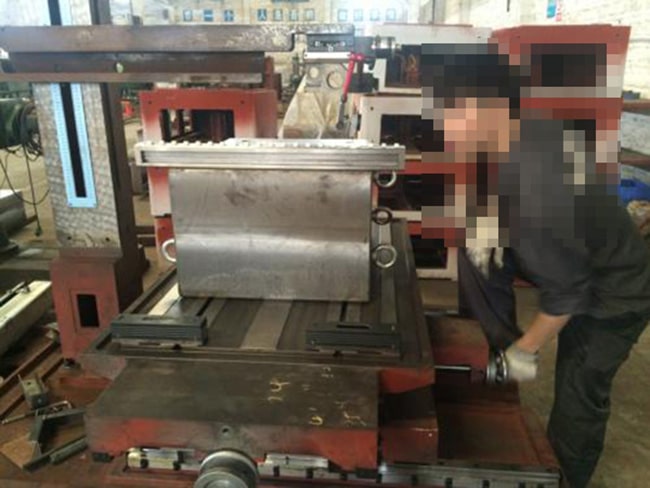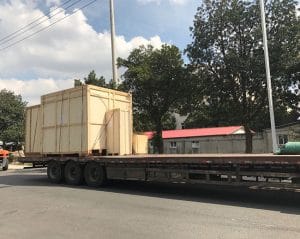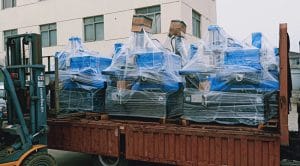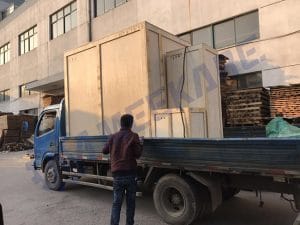Large thickness wire cutting usually refers to steel above 200mm. As for other materials with higher electrical conductivity, higher thermal conductivity or high temperature resistance, it is less than 200mm, such as copper, cemented carbide, pure tungsten, pure molybdenum, etc., 70mm thick is already very difficult.
The main contradictions of large thickness cutting are:
- No enoughwater entering and exchanging, the corrosion cannot be removed in the gap, the insulation cannot be restored, so the discharge cannot be formed.
- The stuffing in the gap shunts the energy of the pulse source in a resistive manner, so that the required breakdown voltage and single pulse energy are lost between the wire and the workpiece.
- The currentcarrying capacity of the molybdenum wire itself is limited, no larger pulse energy can be transmitted to the gap.
- The distance between the cutting seams of the wire cutting machine to discharge the ablation is too long, and the attenuated spark discharge can no longer form a satisfactory explosive force and sewage discharge force.
- The reason for theworkpiece is that the possibility of impurities and internal stress in a large thickness is greatly enhanced. Part of the slit is abnormal and the probability of deformation is greater. Losing the cutting impact, but increasing the possibility of being short-circuited.
To deal with the main contradictions mentioned above, the following methods can be adopted
- Increase the energy of a single pulse (the voltage, current, and pulse width of a single pulse, the product of these three is the energy of a single pulse). The purpose of increasing the pulse distance is that the average value of the current carrying capacity of the molybdenum wire does not increase, which constitutes the spark discharge ability and the explosive power of the spark is enhanced.
- Choose a coolant with a higher dielectric coefficient, stronger rehabilitation insulation, and stronger fluidity and detergency.
- Greatly increasethe pulse voltage, then the discharge gap is enlarged, and the water in and out is relatively simple.
- Pre-process the cuttingworkpiece beforehand, such as uniformly arranging by repeated forging methods to remove impurities, and remove the internal stress by annealing and effective treatment. The method of removing the big remainder allows the workpece stress to be fully released.
- Improvethe wire speed, smoother wire transport enhances the ability to carry water and resist short circuits.
- Compile a broken line feed or an active feed mode of two retreats, so that the gap can be effectively expanded.







